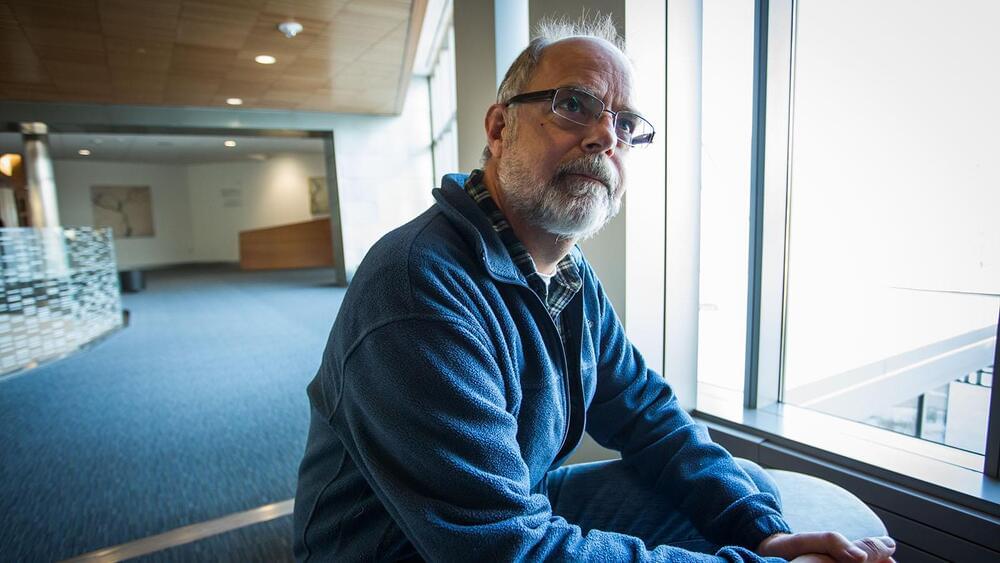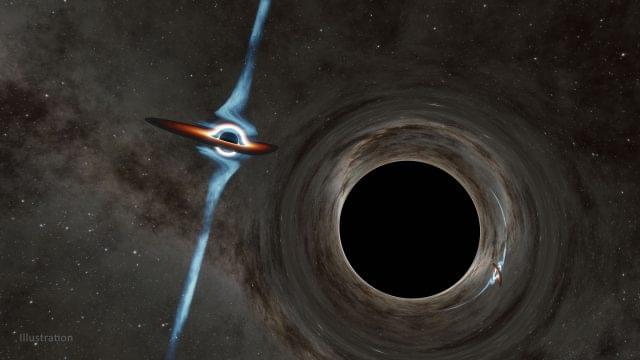Twitter could run out of options and need to find a so-called white knight, a friendly buyer that it views as more suitable than the electric-car mogul.


This could be the most important construction project of our lifetimes. See how digital tools are enabling the ITER project — https://bit.ly/3KGfiF8
Full story here — https://theb1m.com/video/inside-iter-worlds-largest-nuclear-fusion-reactor.
This video contains paid promotion for Thinkproject. See how ITER’s teams are using Thinkproject’s tools to stay on track — https://bit.ly/3KGfiF8
Presenter and Narrator — Fred Mills.
Producer — Jaden Urbi.
Video Editing — Aaron Wood.
Graphics — Vince North.
Content Partnership — Liam Marsh.
Executive Producers — Fred Mills, James Durkin and Graham MacAree.
Special thanks to ITER. Additional footage and images courtesy of ITER, WGBH and Reagan Library.
Go Behind The B1M. Click “JOIN” here — https://bit.ly/2Ru3M6O

Robot researcher Mark Yim offers a look inside the promising field of modular reconfigurable robotics — bots that can shift form to tackle an array of tasks.
This compact solar concentrator could be the perfect daylight harvesting device for Singapore’s underground spaces.

Scientists have discovered two supermassive black holes, locked together in a final, terrible spiral. They’re about to collide. And when they do, it will shake the fabric of spacetime itself.
Combing through decades of radio telescope observation data, a team of Caltech astronomers discovered a radio pattern from the deep sky unlike anything ever observed before. It was a flickering point of light, a blazar some nine billion light-years away. Every five years, it waxed and waned in brightness in a perfect sine wave, like clockwork. But that’s not what made it special. What made it special is where the signal diverged from the pattern. Over nearly fifty years, this point of light had obeyed a clockwork cycle of five-year pulses — except for the twenty years where it didn’t.
Five other observatories confirmed the readings, including the University of Michigan Radio Astronomy Observatory, MIT’s Haystack Observatory, the National Radio Astronomy Observatory (NRAO), Metsähovi Radio Observatory in Finland, and NASA’s Wide-field Infrared Survey Explorer (WISE) space satellite. This was no error.



Developed by a Chinese-Swedish research group, the device is an ultra-thin chip that could be integrated into electronics such as headphones, smartwatches and telephones. It combines a Molecular Solar Thermal Energy Storage System (MOST) with a micro-fabricated system that includes a thermoelectric generator (TEG) with a low-dimensional material-based microelectromechanical system (MEMS).

The 204-megawatt solar park in the northern Greek town of Kozani was built by Greece’s biggest oil refiner Hellenic Petroleum.
Hellenic Petroleum is one of the largest oil companies in the Balkans but claims to be undergoing a transformation into clean energy. It has installed the largest solar park in Greece and also hints that it may add battery storage too.